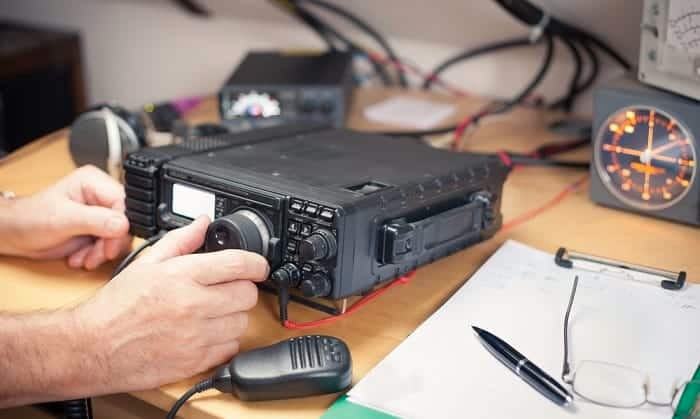What is the Powerwall?
The Powerwall is described by Tesla as a home battery, it’s a stationary lithium-ion battery intended for powering buildings and electronics.
How it works
When you have a solar powered home, it is common for the power produced during the daytime to exceed the power consumed. The Powerwall acts as a reservoir for excess power that has been collected, storing the power for later use. In this manner, the Powerwall can power up your house independently without drawing power from the grid. This is useful for people who want to live off grid, but can also be useful for cutting down your utility bill or for people who own an electric car because they could just refuel at home. In the event of a long-term power shortage, it can be handy to have, particularly for buildings that have important technology that can’t go down or when the data can’t be lost. According to research from Ontario Wealth Management Corporation, it is one of the most cost-effective methods of backup energy supply and can completely replace costly backup generators that either store electricity off the grid, increasing bills, or requiring other resources such as oil and gas.
Requires a solar power system
Of course, in order to use the Powerwall, you must possess a solar power system, readily installed at your home. Installing the Powerwall as a solar-plus-storage system will cost around $15000 on average for a 5-kilowatt solar energy system. The Powerwall will, therefore, make sense depending on how your electric utility structures its rates, as well as on your reasons for installing the solar battery. The list price for the new Powerwall battery, offering twice the storage capacity of the original model, is $5,900. But additional costs that include equipment, installation and maintenance can bring the final bill up to an estimated $8,000 considering a preinstalled solar power system.
Is the Powerwall for you?
The Powerwall is certainly not for everyone. The ideal consumers are those who power their houses with solar cells and also have fluctuating loads on a frequent basis i.e. they need to back up their power. In the case of most US states, there is effective net metering which renders storing electricity in an external battery of little meaning, since net metering can provide you with the same economic result than that of power storage. The excess electricity that would’ve been stored is transferred to the grid instead of in exchange for an adjustment from your bill.
The Tesla Powerwall also allows you to control it via software. That means you can remotely manage your electronic switches and relays, along with checking up on the amount of power generated and stored. Tesla offers a seamless control over how and when you want to utilize your power with the greatest of ease.
It certainly needs an informed decision to decide whether or not Powerwall is worth the investment, depending on where in the world you live, and how your grid power operates.



